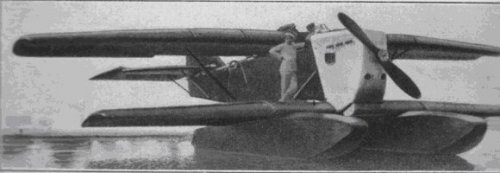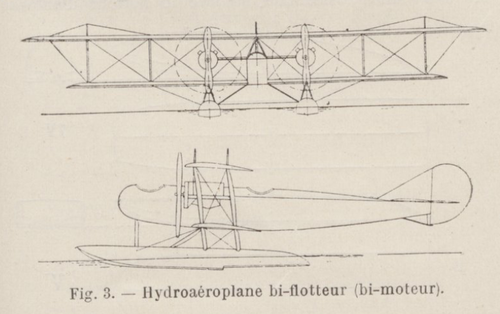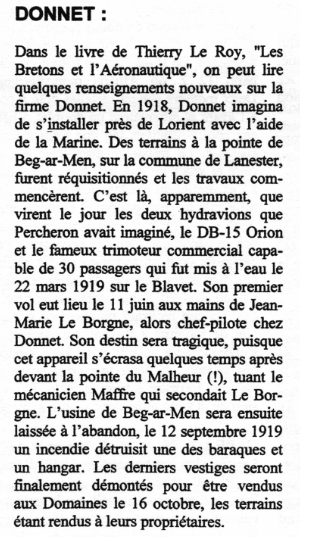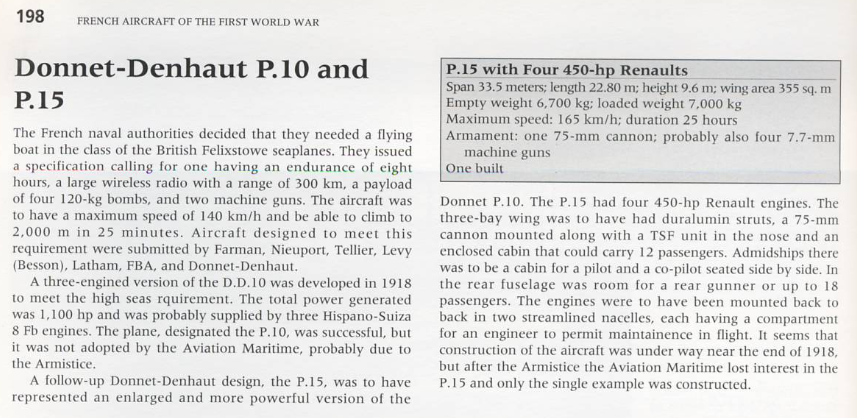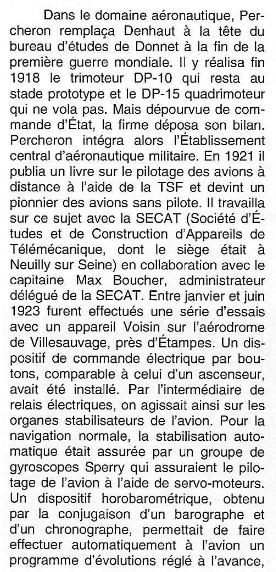- Joined
- 26 May 2006
- Messages
- 33,572
- Reaction score
- 13,701
Hi,
the French Maurice Percheron designer joined the Donnet company
in 1919,after replacement Denhaut,and began to create a new series
of aircraft,the "DP",consider a mystery in the world of aviation,very
little known info about him;
The P-10 was three engined flying boat,may be a project,P-15 was
three seat flying boat,enlarge version of P-10,powered by four engines,
DP-18 was three seat recce seaplane,does anyone know more ?.
Also in 1923,he created a unmanned drone aircraft Project,may be the
earliest in France,but they were not interested.
http://www.thyssens.com/03notices-bio/percheron_m.php
the French Maurice Percheron designer joined the Donnet company
in 1919,after replacement Denhaut,and began to create a new series
of aircraft,the "DP",consider a mystery in the world of aviation,very
little known info about him;
The P-10 was three engined flying boat,may be a project,P-15 was
three seat flying boat,enlarge version of P-10,powered by four engines,
DP-18 was three seat recce seaplane,does anyone know more ?.
Also in 1923,he created a unmanned drone aircraft Project,may be the
earliest in France,but they were not interested.
http://www.thyssens.com/03notices-bio/percheron_m.php
Attachments
Last edited:

